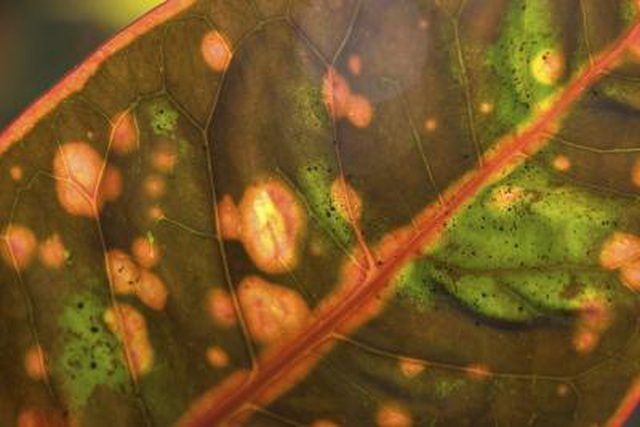Bulbs
Flower Basics
Flower Beds & Specialty Gardens
Flower Garden
Garden Furniture
Garden Gnomes
Garden Seeds
Garden Sheds
Garden Statues
Garden Tools & Supplies
Gardening Basics
Green & Organic
Groundcovers & Vines
Growing Annuals
Growing Basil
Growing Beans
Growing Berries
Growing Blueberries
Growing Cactus
Growing Corn
Growing Cotton
Growing Edibles
Growing Flowers
Growing Garlic
Growing Grapes
Growing Grass
Growing Herbs
Growing Jasmine
Growing Mint
Growing Mushrooms
Orchids
Growing Peanuts
Growing Perennials
Growing Plants
Growing Rosemary
Growing Roses
Growing Strawberries
Growing Sunflowers
Growing Thyme
Growing Tomatoes
Growing Tulips
Growing Vegetables
Herb Basics
Herb Garden
Indoor Growing
Landscaping Basics
Landscaping Patios
Landscaping Plants
Landscaping Shrubs
Landscaping Trees
Landscaping Walks & Pathways
Lawn Basics
Lawn Maintenance
Lawn Mowers
Lawn Ornaments
Lawn Planting
Lawn Tools
Outdoor Growing
Overall Landscape Planning
Pests, Weeds & Problems
Plant Basics
Rock Garden
Rose Garden
Shrubs
Soil
Specialty Gardens
Trees
Vegetable Garden
Yard Maintenance
How to Troubleshoot White Spots on Shrubs
How to Troubleshoot White Spots on Shrubs. White spots on the leaves of your shrubs are not caused by any one pest or disease; they can indicate a number of conditions. To treat the symptoms, you must first identify the cause. A little detective work -- noting the size and shape of the spots, the type of shrub they are on, and whether the spots are...

White spots on the leaves of your shrubs are not caused by any one pest or disease; they can indicate a number of conditions. To treat the symptoms, you must first identify the cause. A little detective work -- noting the size and shape of the spots, the type of shrub they are on, and whether the spots are accompanied by any other clues -- can pay off in a correct diagnosis. Quick identification and prompt treatment are vital in controlling pests and diseases, so the quicker you break out your magnifying glass, the quicker you can get your shrubs back on the road to health.
Things You'll Need
Ready-to-use fungicide spray
Handheld magnifying glass (optional)
Garden hose
Soft toothbrush
Horticultural oil
Yellow sticky cards
Take a closer look at the white spots to identify their characteristics. A magnifying glass can help. If the spots take the form of irregular whitish or grayish patches, or a grayish-white dusting over the entire plant, the cause could be powdery mildew. To treat, remove and destroy dead leaves, improve air circulation and available light with proper pruning, and spray with a ready-to-use fungicide. Spray all the plant surfaces thoroughly, and repeat every seven days.
Inspect the undersides of white-speckled leaves, using your magnifying glass, for the presence of spider mites, tiny reddish-brown spiders that cause a white stippling on foliage. Other clues to spider mite infestation include grayish, cottony webs on the undersides of leaves, and foliage that becomes pale and then dies. Spray affected plants with forceful jets from a hose -- since mites can neither fly nor swim, this technique drowns them.
Inspect to see if the white spots resemble foamy-looking blobs. If so, you probably have spittlebugs. Either remove them with a gloved hand, or knock them off by vigorously spraying the bush with water.
Scrape a white spot with your fingernail to determine if it is difficult to dislodge. If so, and if the spot is roundish to oval, your problem may be scale. These soft-bodied insects about 1/8 inch long that feed under leaves. Scale infestations can be difficult to eradicate because of the insect's protective scale. To treat, scrub scale off with a toothbrush, or use horticultural oil. Application rates for oil vary from plant to plant and season to season. For most shrubs, mix 5 to 7 tablespoons of oil with 1 gallon of water for dormant treatments. In summer, mix 2 to 5 tablespoons of oil with 1 gallon water. Spray until the affected areas are thoroughly wet.
Examine plants for sticky substance on leaves and stems, and look for ants. Along with tiny, bright white cottony balls on leaves, these signs point to mealybugs, which excrete a liquid called honeydew. Aside from being a magnet for ants, which feed on it, honeydew causes sooty mold. Mealybugs themselves can cause distorted plant growth and leaf drop. Control them with yellow sticky cards and superior-quality horticultural oil applied in the same manner used for scale.